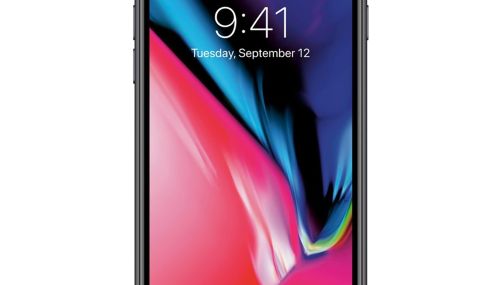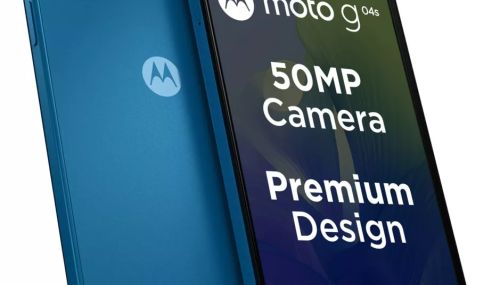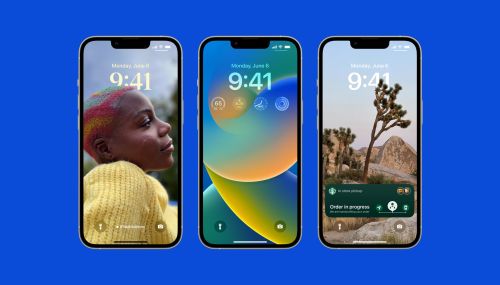Debunking the Myth: Why MagSafe Isn’t to Blame for iPhone 16e's Modem Issues
Debunking the myth: why the iPhone 16e's lack of MagSafe isn't due to interference with its C1 cellular modem.

MagSafe Magnets and iPhone 16e C1 Modem
Publication Date: February 21, 2025
Key Points:
- Lack of MagSafe on iPhone 16e: The iPhone 16e does not feature MagSafe, leading to speculation that the magnets might interfere with the C1 cellular modem.
- Physics and EMF Concerns: Mike Wuerthele argues that magnetic interference was never a valid concern due to the inverse-square law and the weak strength of MagSafe magnets.
- Cost Considerations: The primary reason for excluding MagSafe is likely cost-saving, as precision magnets are expensive.
Detailed Summary:
- Background on MagSafe: MagSafe has been a popular feature in recent iPhone models for wireless charging. However, the iPhone 16e notably lacks this feature.
- Initial Speculation: Some case manufacturers suggested that Apple omitted MagSafe due to potential interference with the C1 cellular modem.
- Expert Opinion: Mike Wuerthele, a Managing Editor with extensive experience in radiation physics and technology, explains why this concern is unfounded:
- Inverse-Square Law: This law states that the intensity of magnetic fields decreases significantly with distance. At the distance from the magnets to the modem, the field strength is minimal.
- Magnet Strength: MagSafe magnets are relatively weak (110.36 gauss at 1 mm, dropping to 15.44 gauss at 11 mm), far below levels that could interfere with radio frequency signals.
- Comparative Data: Standard refrigerator magnets and the Earth's magnetic field are much weaker than what would cause interference. MRI machines, in contrast, have extremely strong fields (15,000 gauss).
- Cost Analysis: The cost of precision magnets is estimated at $2 per unit, which can add up significantly for mass production. This suggests that cost-saving was the primary motivator for omitting MagSafe.
- Case Manufacturer Testing: Despite initial concerns, case manufacturers will likely produce third-party cases with full-strength MagSafe magnets.
Conclusion:
- The exclusion of MagSafe from the iPhone 16e is primarily driven by production costs rather than any interference issues with the C1 cellular modem. Physics and practical testing confirm that magnetic interference was never a valid concern.
Latest News

xBloom
xBloom Studio: The Coffee Maker That Puts Science in Your Cup
6 months ago

Motorola
Moto Watch Fit Priced at $200: Is It Worth the Cost for Fitness Enthusiasts?
6 months ago

iOS
iOS 18's Subtle but Significant Privacy Boost: Granular Contact Sharing Control
6 months ago

Google
Walmart Unveils Onn 4K Plus: The Affordable $30 Google TV Streaming Device
6 months ago

Apple
Judge Forces Apple to Comply: Epic Games' Fortnite Returns Hinge on Court Order
6 months ago

OnePlus
OnePlus Unveils the ‘Plus Key’: Is It Just an iPhone Knockoff or Something Revolutionary?
6 months ago